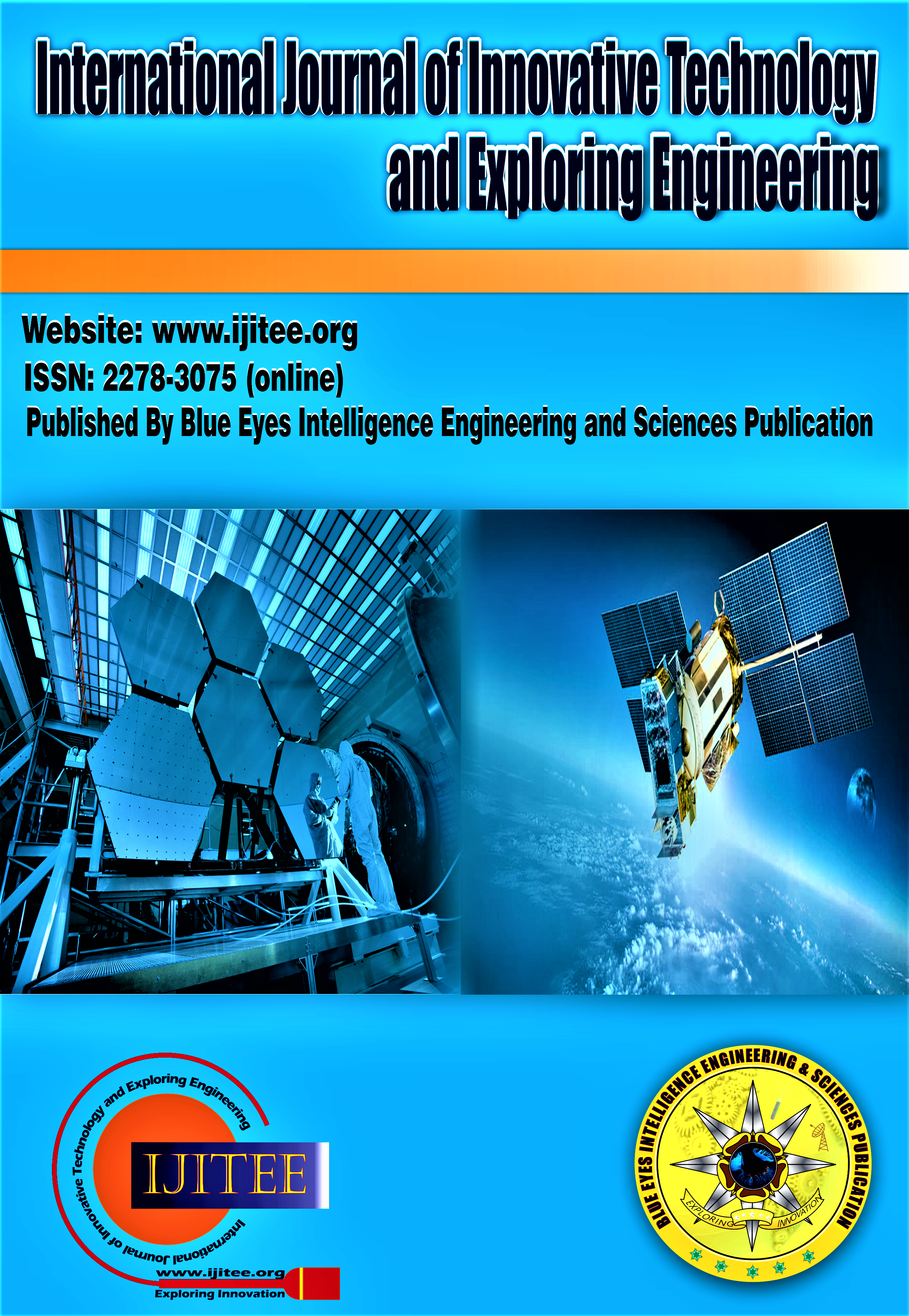Pushover Analysis of a Reinforced Cement Concrete (RCC) Structure Incorporating Fibre-Reinforced Polymers to Address Vertical Irregularities
Main Article Content
Abstract
India has had four of the world's most destructive earthquakes in the past ten years, and our country is often rocked by earthquakes of low to moderate intensity. Since many buildings were severely damaged or collapsed, it has sparked debate whether framed constructions are sufficiently sturdy to withstand significant vibrations. As a result, the strength or ability of existing reinforced concrete structures to withstand seismic loads can be evaluated. The performance level of earthquake-prone buildings is evaluated using a performance-based design. One seismic technique for assessing a building's performance level is push-over analysis. It is possible to determine whether damage occurs at the member or structure level using pushover analysis. The study employs pushover analysis by Applied Technology Council (ATC) – 4), a seismic assessment technique, to evaluate the ability of 20-story buildings in seismic Zone III (with hard soil characteristics) to resist earthquake-induced forces. The primary objective was to assess the performance of structures reinforced with different fiber-reinforced polymer (FRP) materials, including aramid, glass, and carbon fibers, known for their high flexibility and strength in seismically active regions. To determine the best fiber-reinforced polymer configuration, the study considers the following parameters: pushover curve, target displacement, story shear, time period, maximum story displacement, and story drift based on pushover analysis independently. Through the pushover analysis method, the research discovers that FRP wrapping can significantly improve the seismic performance of reinforced concrete buildings. The findings aim to improve building design practices by recommending fiber-reinforced polymer configurations for better earthquake resistance, ensuring that future constructions are better equipped to handle seismic activity.
Downloads
Article Details
Section

This work is licensed under a Creative Commons Attribution-NonCommercial-NoDerivatives 4.0 International License.
How to Cite
References
Hanan Yurizka and Anis Rosyidah, “The Performance of Irregular Building Structures using Pushover Analysis” Journal of Engineering Design and Technology, vol: 20, Issue: 2, July. Doi: https://doi.org/10.31940/logic.v20i2.1456
D. N. Shinde and Patil Sadhana, “Pushover Analysis to Study Seismic Performances of Vertical Irregular Structure” by, International Journal of Research in Engineering and Technology (IJRET), vol: 05, Issue: 06, Jun 2016. Doi: https://doi.org/10.15623/ijret.2016.0506062
Mohamed Selim, Mohamed Metwaly and Eman Elshamy, “Effect of Unreinforced Masonry Infill Walls with and Without ECC Layer on the Performance of RC Framed Structure” Asian Journal of Civil Engineering, Issue:08, May 2023. Doi: https://doi.org/10.1007/s42107-023-00706-1
Eugenijus Gudonis, Aleksandr K. Arnautov, Edgaras Timinskas, Viktor Gribniak, Gintaris Kaklauskas, Vytautas Tamulėnas, “FRP Reinforcement for Concrete Structures: State-of-the-art review of Application and Design” Taylor and Francis Group, 4, May 2013. Doi: https://doi.org/10.3846/2029882X.2014.889274
Ramesh, G. (2022). Damage Assessment of Reinforced Concrete Structures: A Review. In Indian Journal of Design Engineering (Vol. 2, Issue 1, pp. 1–7). Doi: https://doi.org/10.54105/ijde.B8004.021322
S, S., selvarani, G., & Kumar M, R. (2019). Behaviour of Micro Reinforced Concrete with Hooked End Steel Fibres subjected to Impact Loads. In International Journal of Recent Technology and Engineering (IJRTE) (Vol. 8, Issue 3, pp. 3453–3461). Doi: https://doi.org/10.35940/ijrte.C5076.098319
Sounthararajan, D. V., Sivasankar, D. S., Dinakaran, Mr. S., Modak, Mr. N., & Gopalakrishnan, D. R. (2019). Performance in Binary Characteristics of Sisal Fibre Reinforced Concrete. In International Journal of Innovative Technology and Exploring Engineering (Vol. 9, Issue 1, pp. 44–47). Doi: https://doi.org/10.35940/ijitee.A3909.119119
Ibrahim, W., & Zamrawi, A. (2021). Fire Behavior of RC Flat Slabs Containing Recycled Ceramic Aggregate. In International Journal of Advanced Engineering and Nano Technology (Vol. 4, Issue 2, pp. 1–5). Doi: https://doi.org/10.35940/ijaent.B0425.024220
H., Prof. A. R. B., & Babu, Dr. D. L. V. (2019). Fresh, Strength and Durability Characteristics of Binary and Ternary Blended Self Compacting Concrete. In International Journal of Engineering and Advanced Technology (Vol. 9, Issue 2, pp. 3987–3991). Doi: https://doi.org/10.35940/ijeat.B4540.129219





